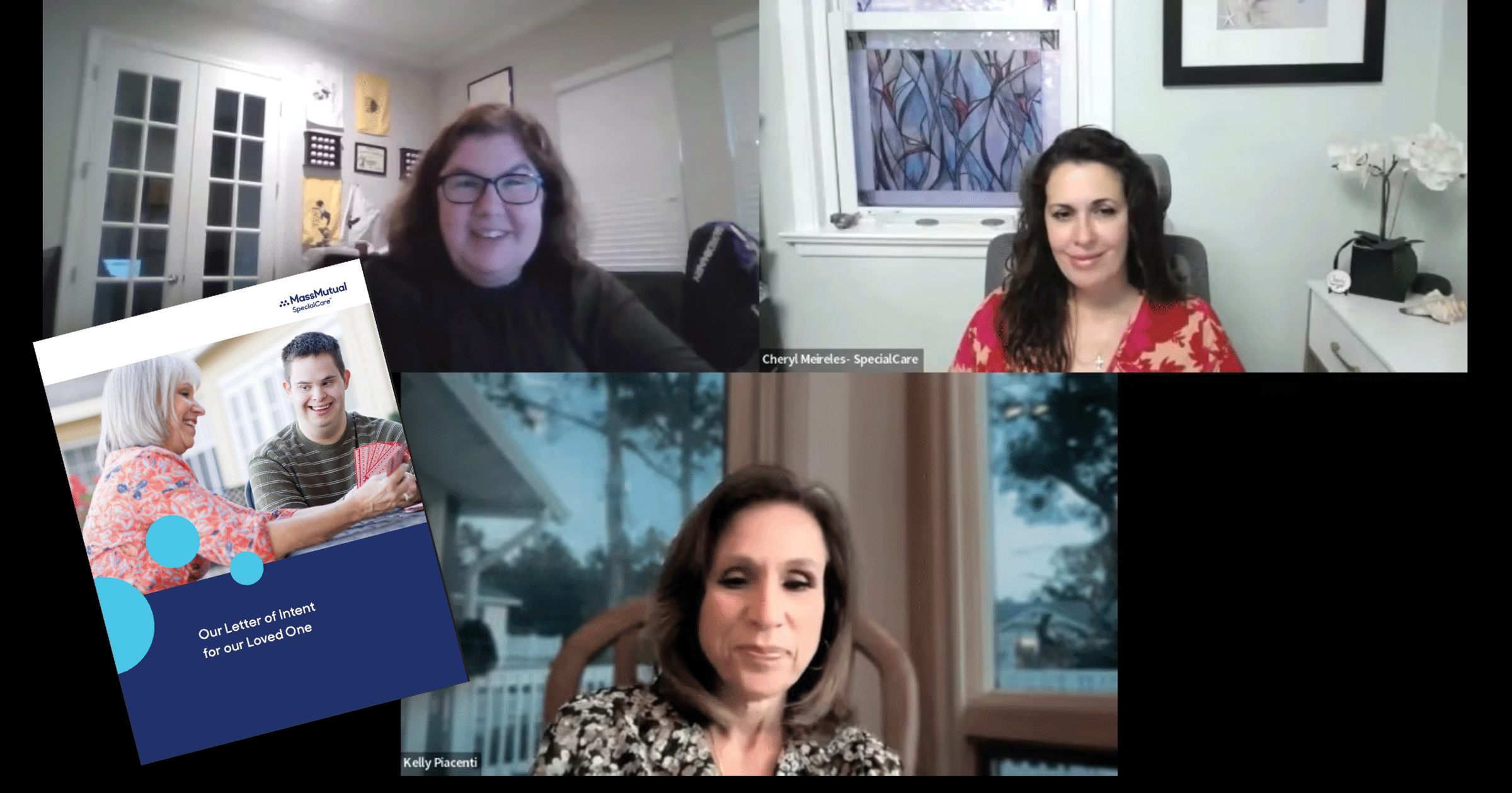About the Presenters

Barbara Haas-Givler
Barbara Haas-Givler, MEd, BCBA, is a board-certified behavior analyst in Lewisburg, Pennsylvania. Ms. Haas-Givler has extensive experience in special education. She has served in many different capacities over the course of her career, including classroom teacher, administrator, educational consultant, behavior analyst, and research associate for clinical pharmaceutical trials.
Ms. Haas-Givler has been a long-time member of the Fragile X community. Her dedication to providing families living with Fragile X strategies for success has greatly impacted over the years. She is also a member of the NFXF Clinical Trials Committee.

Jayne Dixon Weber
Jayne served as the NFXF director of community education (and other positions over the years) from 2007 to 2023. She has two adult children, a son with Fragile X syndrome and a daughter. Jayne is the author of Transitioning ‘Special’ Children into Elementary School, co-author of Fragile X Fred, and editor of Children with Fragile X Syndrome: A Parents’ Guide. Jayne likes to read, enjoys photography, and goes for a walk every day.




